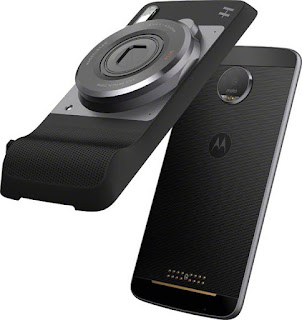1. PIXEL BY GOOGLE
- 12.3 MP
- Large 1.55μm pixels
- Phase detection autofocus + laser detection autofocus
- f/2.0 aperture
2. GALAXY S7 EDGE
12 Megapixel Camera with Dual Pixel Autofocus, OIS,
F/1.7, 26mm, phase detection autofocus, LED Flash,
1/2.5" sensor size, 1.4 µm pixel size, geo-tagging,
simultaneous 4K video and 9MP image recording,
touch focus,
face/smile detection,
Auto HDR,
panorama + 5 Megapixel Front Camera with F/1.7,
Selfie Flash,
22mm Lens,
Dual Video Call,
Auto HDR...
3. XPERIA X PERF
- Main Camera:
23 MP, f/2.0, 24mm,
phase detection autofocus,
LED flash;
- Front Camera:
13 MP, f/2.0, 22mm,
1/3" sensor size.
4. MOTO Z
13 MP Primary Camera,
f/1.8 Aperture, Optical Image Stabilization (OIS),
Laser Autofocus, Zero Shutter Lag,
Color Correlated Temperature (CCT) Flash with Dual LEDs,
1.12um Pixel, Professional Mode, Quick Capture, Best Shot,
Scan Barcodes, QR codes and Business Cards,
Google Photos Integration with Free Original File Size Backup for Two Years,
Shutter Button or Tap Anywhere to Capture, 8X Digital Zoom,
Burst Mode, Night Mode, Auto HDR, Closed Loop Processing,
Panorama, Tap to Focus & Exposure, Video Stabilization,
1080p HD Video (60fps), 4K Video (30fps), Slow Motion Video,
Video HDR (1080p and 4K)
5. LG G5
16 Megapixel camera with f / 1.8 + 8-megapixel wide-angle lens (135 °) and opening f2.4










